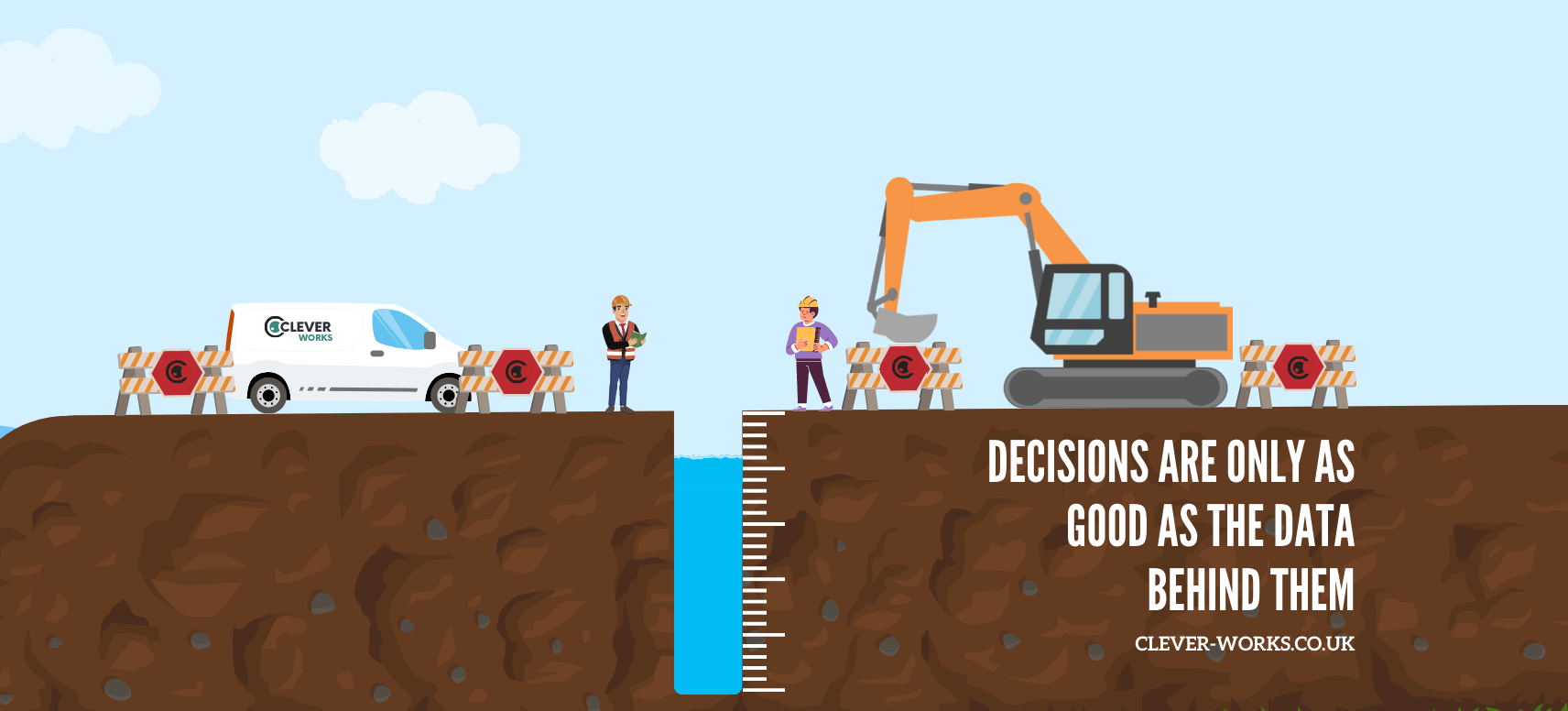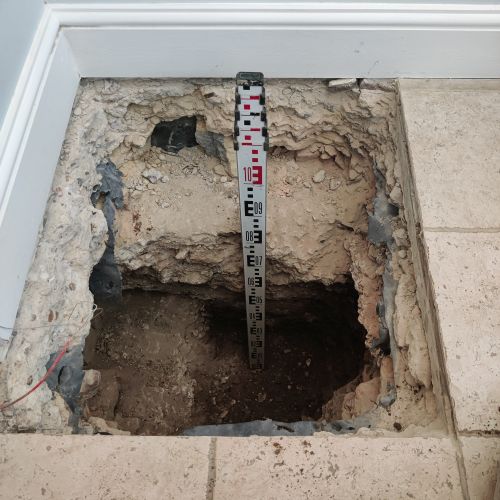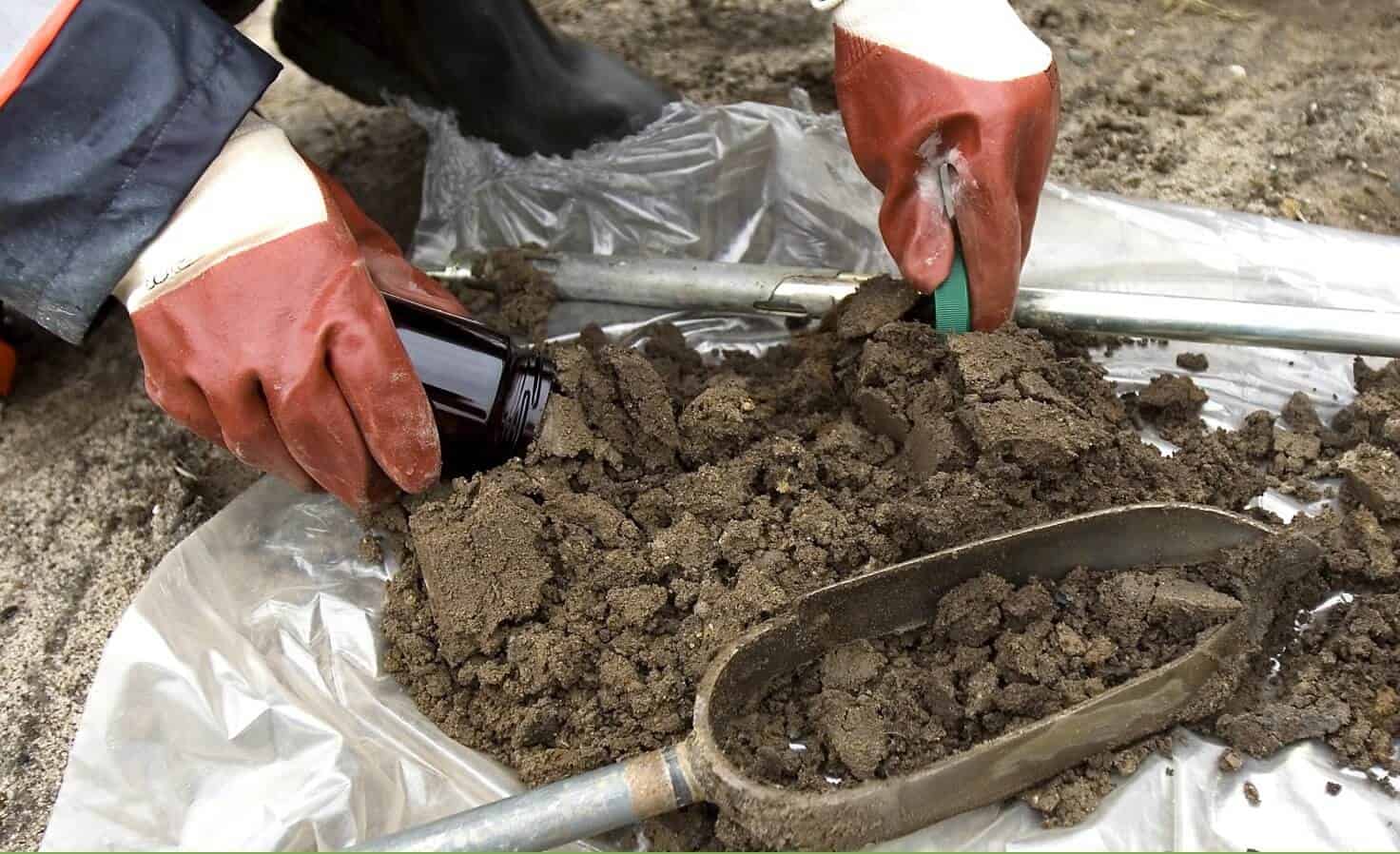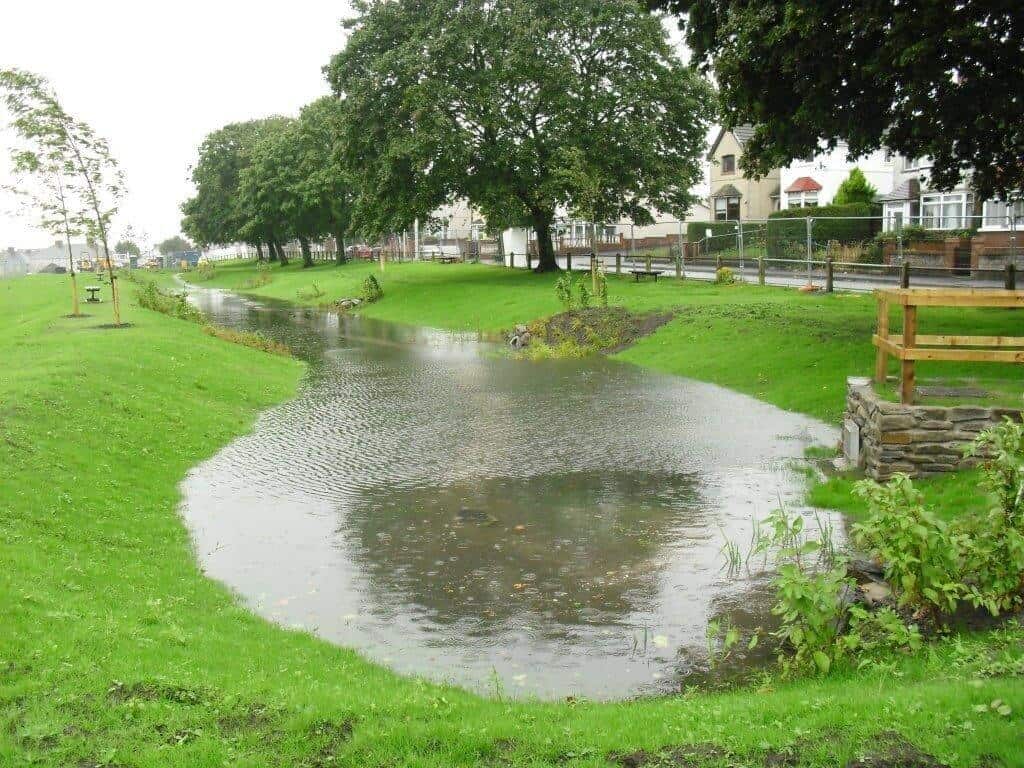Soakaway Infiltration Percolation Testing is a critical element of bsustainable urban drainage systems (SuDS). It balances environmental needs with urban development by preventing surface water runoff from overloading local watercourses or causing flooding1.
At Clever Works, we understand the unique requirements of each site, offering bespoke solutions tailored to your project. Whether you’re managing a development area of less than 100m2 or a larger landscape, we devise the most effective soakaway design – be it square, circular, or trench forms – aligning with soil type, site layout, and topography1.
Long-term performance and environmental protection are paramount at Clever Works. We factor in long-term maintenance and inspection during the design and construction process. Additionally, we carefully consider potential pollution risks to groundwater and implement measures to prevent them, ensuring the soakaway system serves its purpose effectively over time1.





